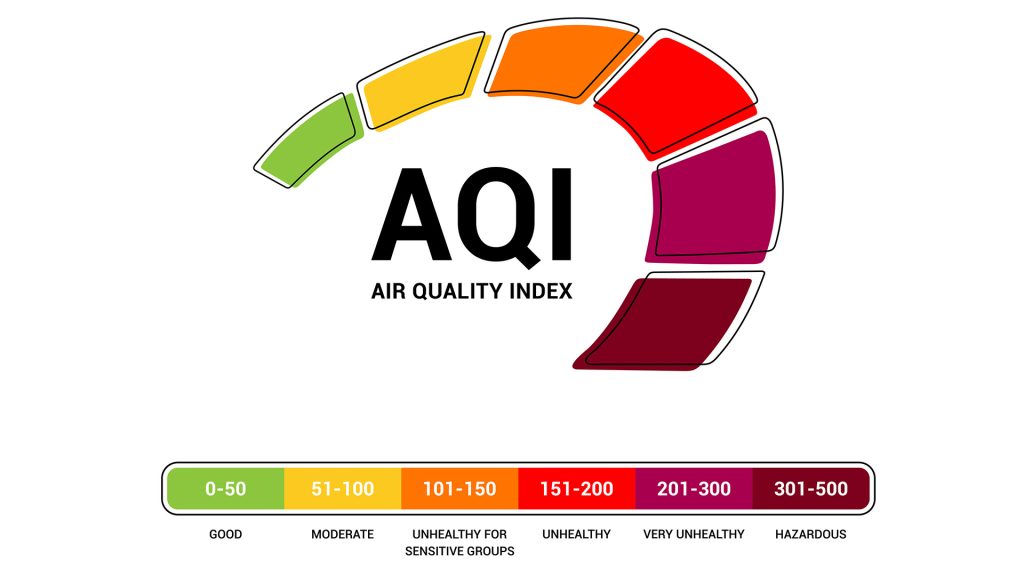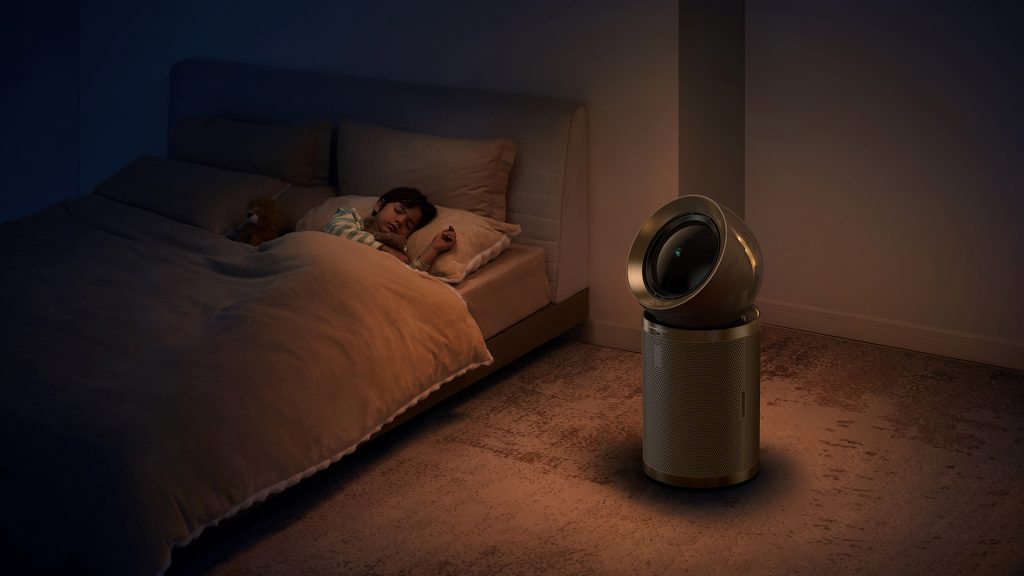
When you look at your phone, have you ever come across a number saying “AQI”? It could have read 80 or 150. And then you thought to yourself, “Huh? What was that?” Quite a few people have asked the same question before you! Air quality refers to the cleanliness or dirtiness of the air surrounding a person. It is a measurement index known as AQI, a number indicating whether the air is good enough for breathing or not. If the number is low, it indicates good, clean air. But if it is higher, the associated air might be harmful. Let’s learn more about what air quality is and how you can manage a good air quality index.
In this article, you’ll read:
What Is Air Quality?
Air quality refers to the level of cleanliness or pollution in the air. It is affected by various sources that release harmful substances. Outside, cars and trucks produce smoke, while factories release emissions that cloud the atmosphere. Wildfires and windblown dust also worsen air quality by spreading particles that linger and affect our ability to breathe. These pollutants can make it more difficult to stay healthy, particularly in cities with heavy traffic or industrial activity. Inside our homes, everyday activities harm air quality as well. Household sprays and cleaners release volatile organic compounds (VOCs). Dust accumulates from furniture, pet fur introduces allergens, and smoke from cooking or other sources reduces air freshness. These indoor pollutants can create an unhealthy environment, especially for sensitive groups like children and older adults. They may experience coughing, sneezing, or breathing difficulties when exposed to poor air quality over time. Key pollutants include tiny PM2.5 particles from smoke, larger PM10 dust, ozone from vehicle emissions and sunlight, and gases like carbon monoxide, nitrogen dioxide, and sulfur dioxide from cars and factories. Understanding these factors helps us improve air quality. For instance, we can use air purifiers to reduce indoor pollutants and create healthier homes.
How to Understand the Air Quality Index (AQI)
AQI means “Air Quality Index.” It tells you if the air is clean or dirty. The range extends from 0 to 500. The higher the number, the higher the pollution level. Following is a simple listing:

- • 0–50 (Green): Air is good. Go outside and play!
- • 51–100 (Yellow): Air is okay. But some kids with asthma should be careful.
- • 101–150 (Orange): Not so good. Kids and old people should stay inside.
- • 151–200 (Red): Bad air. Try not to go outside.
- • 201–300 (Purple): Very bad! Stay inside.
- • 301–500 (Maroon): No going outside whatsoever.
People generally rely on AQI to know it is safe when they play outside, walk, or even go to school. You can also look up AQI on websites such as AirNow.gov or AQI.in.
Why Air Quality Matters for Your Health
Breathing in dirty air can affect your health. Frequent exposure to pollutants can lead to various health problems, including persistent coughing, sneezing, and watery eyes. These issues can make daily activities, like climbing stairs, feel exhausting. Poor air quality can lead to chronic health problems in the long run. The following groups of people are more vulnerable to poor air quality issues:
- • Infants and children
- • Pregnant women
- • Older adults
Even cats and dogs can get sick from bad air. They might sneeze or feel tired too. If you smell smoke or something strong, go inside. Sit in a clean room and drink water. You can tell someone if the air smells bad. They can check if the air is okay outside.

How to Improve Air Quality at Home
We can’t always fix outside air, but we can make the air inside our homes better! Here are some of the best indoor air quality solutions:
- • Open windows when the air outside is good.
- • Don’t use smelly sprays or strong cleaners.
- • Don’t smoke inside the house.
- • Get some air-cleaning plants like spider plants.
- • Use an air purifier at home.

Air purifiers help clean indoor air. One smart choice is the Dreame PM20 Air Purifier. It can effectively catch dust, smoke, and tiny particles. It can show you what’s in the air with a screen. It also works quietly, so you can sleep or study. It has:
- • 4-Layer Filtration System: Effectively captures dust particles up to 0.3 µm in diameter. It features an efficient activated carbon layer that adsorbs and traps toluene, VOC, formaldehyde, and other harmful volatile gases to reduce indoor air pollution. This helps filter the indoor air, allowing you to breathe in pollutant-free air and ensuring your health.
- • Human Tracking by Radar: It can switch on automatically when a person is nearby. It detects human motion in real-time and can start filtering air when the person is close to the purifier.
- • Smart Circulation Fans: Unlike conventional purifiers, Dreame’s dual-way air outlet blows purified air both upward and forward, doubling as a cooling fan or air circulator.
- • Dual Elimination: The purifier features double filtration technology that filters indoor air and discharged air. This prevents bacteria from settling in the purifier. It also ensures the air quality index remains excellent indoors.
The Final Thought
Air quality management is essential. The AQI informs us when our outdoor activities are safe. In the event of poor air quality, we may opt to stay indoors and employ measures to keep the air clean. We may not even know that the air is bad. We can’t see it or smell it. But it can still hurt us. That’s why checking AQI helps. Even if the sky appears clear, it may carry invisible pollutants. You should always check the air quality index before going out. Air purifiers from Dreame keep on filtering the air even when you are asleep, awake, or doing household chores. It’s important to monitor air quality daily to ensure your and your loved ones’ health. Stay safe. Breathe clean!